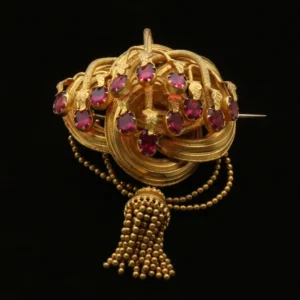The quest to uncover Earth’s hidden carbon minerals has taken a significant leap forward. Scientists, leveraging advanced statistical calculations, have unveiled that at least 145 carbon-bearing minerals are yet to be discovered. This revelation has sparked a global initiative, enlisting the aid of both amateur collectors and professional mineralogists in a collective effort to uncover these elusive natural treasures.
Carbon, known for its chemical diversity, forms compounds with nearly every element in the periodic table, playing a pivotal role in various biological and geological processes. From forming the basis of life to becoming coal and diamonds, carbon’s presence is ubiquitous. The discovery of new carbon-bearing minerals could greatly enhance our understanding of Earth’s chemistry and the complex roles these minerals play in our planet’s geobiological cycles.
The Deep Carbon Observatory (DCO), a global scientific community dedicated to understanding carbon’s role on Earth, has launched the Carbon Mineral Challenge. This initiative aims to engage both hobbyists and professionals in the search for these rare carbon minerals. By identifying new forms of carbon, participants will contribute to a broader scientific understanding of carbon’s role in Earth’s systems.
Currently, mineralogists have identified 406 carbon minerals, but with the prediction of at least 145 more awaiting discovery, the potential for new findings is significant. The challenge, however, lies in the rarity and obscure locations of these minerals, often found in remote or previously unexplored regions.
Researchers, including Robert Hazen and mathematician Grethe Hystad, have employed Large Number of Rare Events (LNRE) modeling to estimate the number of undiscovered carbon minerals. Their findings, set to be shared in the American Mineralogist journal, suggest that these minerals are like rare words in a book—infrequently occurring and often overlooked.
While no definitive map exists to guide seekers to these hidden minerals, certain locations have been identified as promising, including the Poudrette Quarry in Canada and Kukisvumchorr Mountain in Russia. Some of these minerals may also be hiding in plain sight, within museum collections or previously unexamined geological samples.
Participants in the Carbon Mineral Challenge are encouraged to adhere to the guidelines set by the International Mineralogical Association for the discovery and verification of new minerals. The initiative, running until September 2019, promises recognition for each discovery, culminating in a celebration of all newly identified carbon minerals at the end of the DCO’s decadal program.
This worldwide hunt not only aims to fill gaps in our mineralogical knowledge but also underscores the importance of collaboration and public engagement in scientific discovery. Each new mineral found will add a piece to the puzzle of Earth’s complex carbon-based life system, offering insights into the planet’s past, present, and future.








